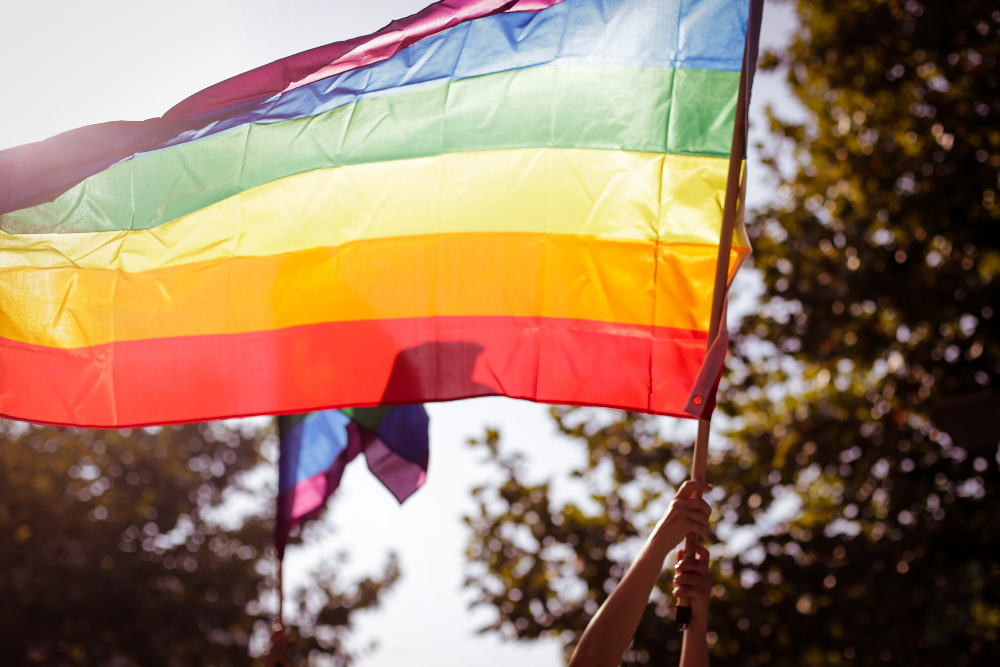By
Lacey Conner, SHRM-CP
on
Jun
17,
2020
3 min read
0 comment(s)

In a landmark ruling, the U.S. Supreme Court decided June 15 that, under Title VII of the Civil Rights Act of 1964, an individual cannot be discriminated against in the workplace because of sexual orientation, gender identity or transgender status. Title VII already barred employers from discriminating against employees on the basis of sex, race, color, national origin and religion.
The Supreme Court focused on Title VII’s definition of “sex.” Justice Neil Gorsuch wrote in the Court’s majority opinion that an individual’s homosexuality or transgender status is not relevant to employment decisions because “it is impossible to discriminate against a person for being homosexual or transgender without discriminating against that individual based on sex.”
Historically, federal courts defined “sex” narrowly. Over time, however, SCOTUS expanded its interpretation of sex discrimination under Title VII, adding sexual harassment as a form of sex discrimination in 1986 and sex stereotyping as a way to prove sex discrimination in 1989. Whether LGBTQ individuals should be included in Title VII’s sex discrimination definition has been debated in various circuit and appeals courts since 2004.
The Supreme Court ruling settles the issue, affirming that sexual orientation discrimination and gender identity/transgender discrimination both are forms of sex discrimination under Title VII.
Most U.S. states have no specific laws that protect employees from discrimination based on their sexual orientation or gender identity. The absence of statewide laws meant that, in those states, an employee could be fired for being gay or transgender. With the Supreme Court’s ruling, an employee who is fired because of – or in part because of – sexual orientation or gender identity has federal protections and potentially can sue the employer for discrimination under Title VII.
Where statewide or local laws already prohibit sexual orientation and gender identity discrimination, the ruling doesn’t change much. Businesses who operate in states or municipalities where these prohibitions don’t exist, however, now must proactively disallow LGBTQ discrimination in their workplaces. To do this, employers should review their anti-discrimination policies and procedures, making it clear in their employee handbooks that gay and transgender employees have the same rights provided to individuals in other protected categories under Title VII.
Employers also may need to revise their training programs to ensure that all employees – especially those responsible for hiring, disciplining, promoting or firing – understand the impact and practical applications of the SCOTUS decision.
The Supreme Court’s ruling sets the stage for a spate of new lawsuits alleging LGBTQ discrimination in the workplace. Recognizing this, employers also should review their dress code and single-sex restroom and locker room policies to make sure transgender and transitioning employees may follow the dress code and use the restroom or locker room facilities of the gender with which they identify.
The Supreme Court’s decision to extend Title VII protections to LGBTQ+ employees underscores the importance of creating inclusive, legally compliant workplaces. Axcet HR Solutions helps small and mid-sized businesses update their policies, train managers, and foster respectful environments that align with evolving legal standards and support every employee.
Explore Axcet’s HR Compliance Services to ensure your workplace policies reflect both the law and your company’s values.
Let us know what you think...